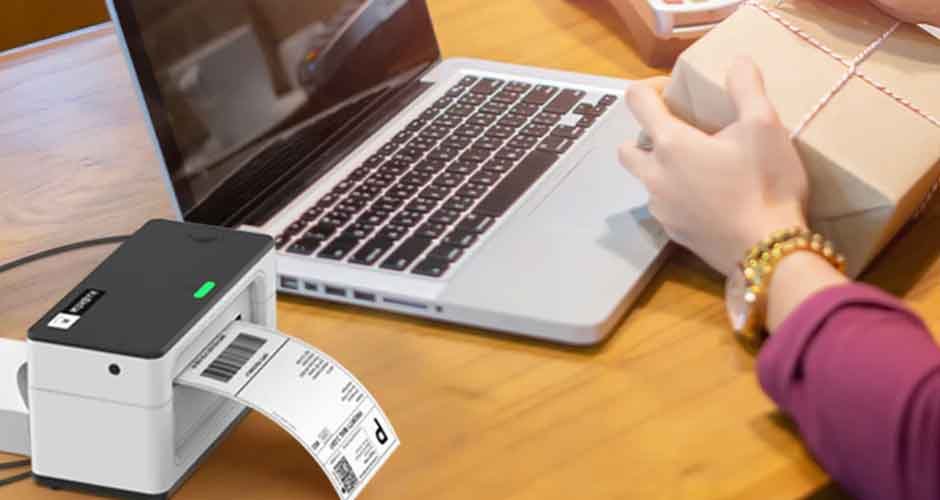Thermal tags, also known as thermal labels or thermal stickers, have gained increasing importance over the years as versatile tools in several industries due to their ability to capture and display temperature changes. These innovative types of tags use colour-changing technology to provide visual cues when specific temperature thresholds are reached. If you want to learn more about three main situations in which the use of thermal tags proves can be highly appropriate and beneficial then you should continue reading this informative article.
- Cold chain management for temperature-sensitive goods
- Medical and healthcare applications
- Quality control process for manufacturing companies
I. Cold chain management
For many businesses across the country, maintaining the integrity of temperature-sensitive goods, such as pharmaceuticals, vaccines, food products and chemicals, is essential. In the realm of cold chain logistics, where a wide range of products are transported across the country and stored within a specific temperature range, direct thermal tags play an essential role. These types of tags are affixed to packages or containers while they react to temperature fluctuations, indicating if the desired conditions have been compromised over a period of time. If a certain temperature threshold has been breached, then the thermal tag will change colour, providing a clear visual signal that the product may no longer be safe for use or consumption.
II. Medical and healthcare applications
Furthermore, in the fields of medicine and healthcare, precision and accuracy are of the utmost importance to medical professionals, especially when it comes to monitoring the temperature of patients, medical equipment and storage environments. Thermal tags can be used in a wide range of scenarios such as blood storage, vaccine distribution and monitoring the temperature of medical instruments. For example, blood bags that are equipped with thermal tags will be able to instantly indicate if the blood has been exposed to temperature extremes, helping medical professionals make informed decisions about its safety and usability. Similarly, thermal tags that have been attached to medical equipment will be able to provide a quick indication if sterilization procedures have been successful, ensuring patient safety at all times.
III. Quality control process
Finally, industries that involve the use of precise manufacturing processes often rely on maintaining specific temperature conditions for optimal product quality. As a result, thermal tags can be employed as valuable tools in the quality control process, while they can also assist manufacturers in monitoring and verifying temperature-sensitive stages. This is particularly pertinent in electronics manufacturing, for example, where thermal tags can signal whether components have been exposed to temperatures that could potentially affect their performance or longevity in the finished product. Likewise, industries such as automotive, aerospace and chemicals use thermal tags to ensure that materials and products are manufactured and stored under the appropriate temperature conditions at all times, upholding product quality and safety standards.
Therefore, to summarise, direct thermal tags offer a versatile and effective solution for monitoring temperature changes in a variety of settings. The colour-changing technology that is used can provide a visual and instantaneous indication of temperature breaches, aiding in real-time decision-making and quality assurance.






